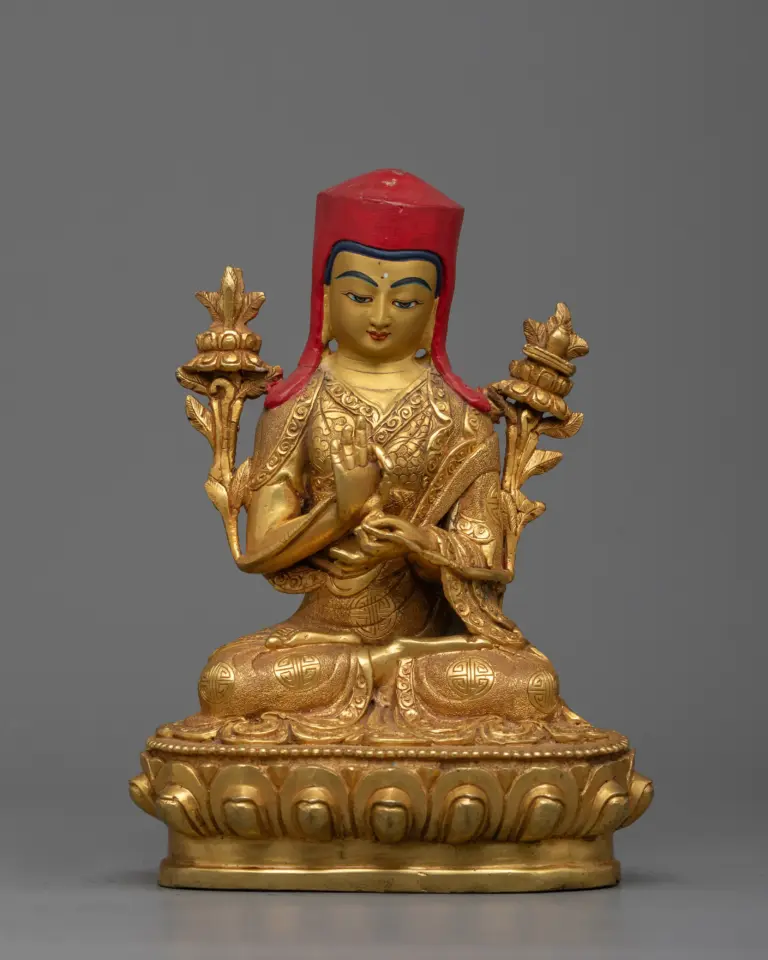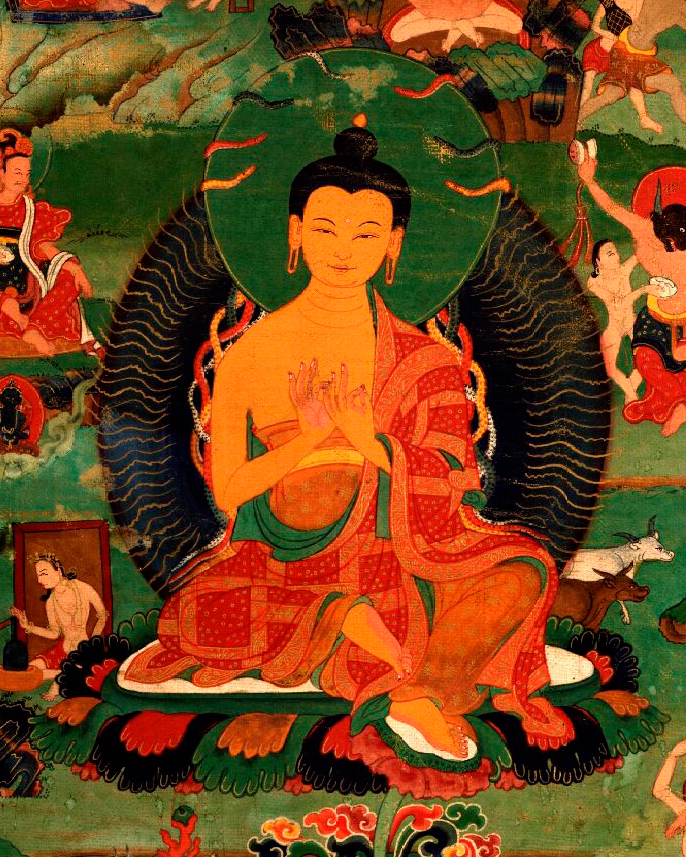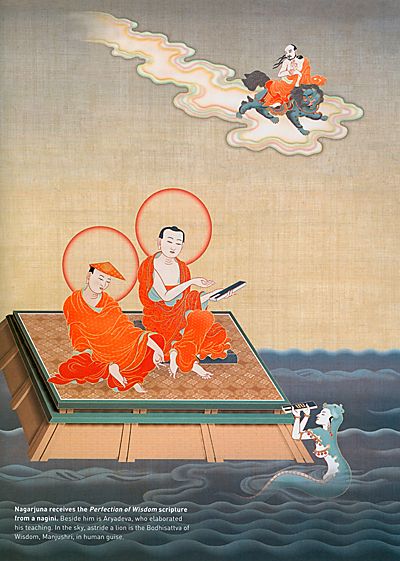The Thirteenth Dalai Lama, Thupten GyatsoThe Thirteenth Dalai Lama, Thupten Gyatso, was born in the Fire Mouse year of 1876 at Langdun in Dagpo, central Thakpo, Tibet, to Kunga Rinchen and Lobsang Dolma, a peasant couple.In 1877, he was recognized as the reincarnation of the 12th Dalai Lama following predictions from the State Oracle, Nechung, …
The Thirteenth Dalai Lama, Thupten Gyatso
The Thirteenth Dalai Lama, Thupten Gyatso, was born in the Fire Mouse year of 1876 at Langdun in Dagpo, central Thakpo, Tibet, to Kunga Rinchen and Lobsang Dolma, a peasant couple.
In 1877, he was recognized as the reincarnation of the 12th Dalai Lama following predictions from the State Oracle, Nechung, and other auspicious signs at his birthplace. He was then escorted to Lhasa. In 1878, the Eighth Panchen Lama, Tenpai Wangchuk, performed the hair-cutting ceremony and gave him the name Ngawang Lobsang Thupten Gyatso Jigdral Chokley Namgyal.
In 1879, he was enthroned in the Grand Reception Hall at the Potala Palace. Later that year, he received the Upasaka (Tibetan: ge-nyen) vows from the Regent Tatsak Rinpoche, Ngawang Palden Yeshi. In 1882, at the age of six, the Thirteenth Dalai Lama was formally ordained as a novice monk (Tibetan: ge-tsul) by the same regent.
In 1895, he took full monastic ordination (Tibetan: ge-long) from his tutor, Phurchok Ngawang Jampa Rinpoche, at the Jokhang Temple in Lhasa. His tutor served as both the Preceptor and Procedural Master of the ceremony. Phurchok was assisted by many eminent Buddhist masters of Tibet at the time, including Ling Rinpoche, Lobsang Lungtok Tenzin Thinley, and the Gaden Throne Holder, who served as the Secret Inquiry Master, as required by the ordination ceremony.
On 27 September 1895, he officially assumed the political and spiritual authority of Tibet. He was quickly drawn into the geopolitical conflict known as the “Great Game,” involving Czarist Russia and British India. He endured the British invasion of Tibet in 1904 and the Chinese invasion in 1909–1910, surviving both ordeals with his authority greatly strengthened.
In 1910, when news spread that Lu Chan, a Chinese general of the Manchu forces, had arrived in Lhasa, the Dalai Lama and several key officials fled to India. They crossed Dromo and held negotiations with the Chinese forces at Jelep-la Pass, which separates Tibet and Sikkim.
In 1911, following the fall of the Manchu Dynasty, the Tibetans seized the opportunity to expel the remaining Manchu forces from Tibet. The Dalai Lama returned and exercised political authority not seen since the time of the Fifth Dalai Lama. In addition to modernizing Tibet, he also worked to reform oppressive elements of the monastic system.
During his exile in India, he became fascinated by the modern world. He introduced Tibet’s first currency notes and coins. On 13 February 1913, he publicly issued a five-point statement reasserting Tibet’s independence. That same year, he established the first post office in Tibet and sent four young Tibetans to study engineering in England.
In 1914, he strengthened Tibet’s military by organizing special training for the army. In 1917, he founded Men-Tsee-Khang (the Tibetan Medical and Astrology Institute) in Lhasa to preserve traditional Tibetan medicine and astrology. He selected about one hundred bright young students to train there.
In 1923, he established a Police Headquarters in Lhasa to ensure the security and welfare of the Tibetan people. That same year, he also founded Tibet’s first English school in Gyantse.
Sadly, he passed away in 1933 at the age of fifty-eight, before achieving his full vision for the modernization of Tibet.
Get in Touch with Us
We’d love to hear from you—share your thoughts or ask a question!






